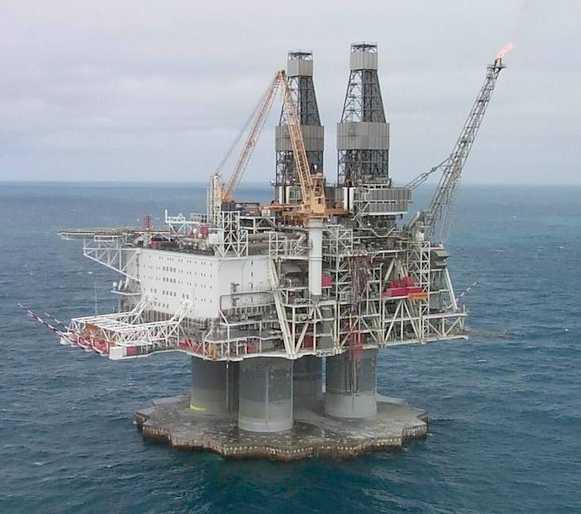How long can an individual stay in a static vertical suspension e.g. after a fall arrest has occurred?
Your question seems to be about HHS or Suspension Trauma.
This is an important post-fall risk and many in oil industry are not aware of it so this is a good question to ask to let many more aware of it.
One should read the research on it to completely understand this part. On internet it is available at http://www.hse.gov.uk/research/crr_pdf/2002/crr02451.pdf
An human can faint and die if left hanging because of less supply of oxygen to his brain.
As per research the person hanging from harness will feel Harness Hang Syndrome even after "few minutes" depending on person's pre fall state (diet, health etc.)
1. But I guess the oil and gas checklist requires that person should be rescued in less than 15 minutes.
Checklist: "How will rescue be assured within 15 minutes of the occurrence of a fall to minimize the risk of further injury or death due to suspension trauma?"
2. Experiments have shown that people can start loosing consciousness in less than 10 minutes.
"So what are the symptoms of HHS? The FFS testing showed that HHS symptoms
appeared in no more than 10 minutes with healthy subjects. Brinkley's research showed
that 6 minutes was the normal onset time."
3. The research done has showed that person hanging from a harness can start feeling HHS even in 3 minutes.
Further emphasizing risks of suspension phase -
"The fall and the arrest of it are only part of the story, and not necessarily the most dangerous. After the fall and its arrest comes the suspension phase, when the casualty either rescues him or herself, if capable, or awaits rescue by another person or persons. After a fall, the body is likely to be in a state of shock. If the casualty is badly injured or unconscious, there is unlikely to be any movement of the legs and there can be serious consequences. The orientation of the body and the comfort of the suspended person, determined to a large extent by the design of the harness and the position of its attachment point to the system, also play their part in the outcome. "
Definition of HHS on Wikipedia.
"Suspension trauma (Syn. "orthostatic shock while suspended"), also known as harness hang syndrome (HHS), or orthostatic intolerance, is an effect which occurs when the human body is held upright without any movement for a period of time. If the person is strapped into a harness or tied to an upright object they will eventually suffer the central ischaemic response (commonly known asfainting). If one faints but remains vertical, one risks death due to one's brain not receiving the oxygen it requires.[1]"
References
1. http://en.wikipedia.org/wiki/Suspension_trauma
2. http://www.hse.gov.uk/work-at-height/index.htm
4. http://www.outdoorswa.org/files/Harness%20Hang%20Syndrome.pdf




